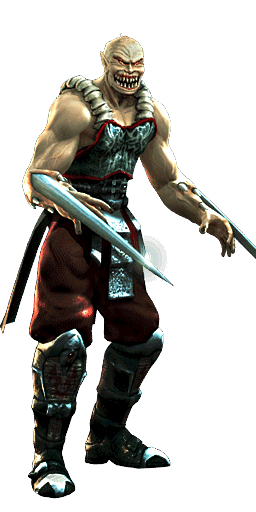
#Iso and f stop iso
The following video provides recommendations on what shutter speeds and apertures to use:Īnd this video offers more recommendations on ISO settings, aperture and shutter speed: This video explains the definitions of Aperture, ISO and Shutter Speed: Halving the shutter speed doubles the exposure (1 EV more), while doubling the aperture increases the exposure by a factor of 4 (2 EV). Multiple combinations of shutter speed and aperture can give the same exposure: an exposure with a shutter speed of 1/250 s and f/8 is the same as with 1/500 s and f/5.6 or 1/125 s and f/11. Exposure is measured in exposure value (EV), also called stops. The agreed standards for shutter speed are 1/1000 s, 1/500 s, 1/250 s, 1/125 s, 1/60 s, 1/30 s, 1/15 s, 1/8 s, 1/4 s, 1/2 s, 1 s.Ĭorrelation Between Shutter Speed and ApertureĪperture and shutter speed together determine exposure. Standard ways of representing aperture are in sequence (f/2.8, f/4, f/5.6, f/8, f/11, f/16, etc.). In other words, the f-number is the focal length divided by the "effective" aperture diameter. It is a representation of the diameter of the aperture stop in terms of the focal length of the lens. The actual size of the aperture depends upon the focal length of the lens.Īperture is also called f-number (sometimes called focal ratio, f-ratio, f-stop, or relative aperture). Each aperture has half the light gathering area of the previous one. increasing f-numbers, in one-stop increments. Units for specifying shutter speed and apertureĭiagram of decreasing apertures, i.e. a crisp picture of a football player in mid air. A higher shutter speed allows clear images that are great for capturing specific moments in time e.g. Images taken with a lower shutter speed are blurred and invoke a visual sense of movement.

The impact of shutter speed is most prominent when photographing moving objects. So in effect, it helps the aperture restrict the amount of light that is allowed to reach the object.

The shutter speed controls the length of time that a camera's shutter remains open. So the subject matter may be at a greater distance from the plane of focus and still appear in focus in the photograph. So all objects at varying distances from the view finder will be in equal focus. the distance range over which objects appear acceptably sharp in the picture) is larger. If the aperture (diameter of the aperture stop) is small, the depth of field (i.e. The degree of the sensor's exposure to light determines the brightness of the picture. The aperture and shutter speed together control the amount of light reaching the image sensor (or film) of a camera.

A shot of a jet of water from a hose fast shutter speed to capture a crisp image of moving water drops.


 0 kommentar(er)
0 kommentar(er)
